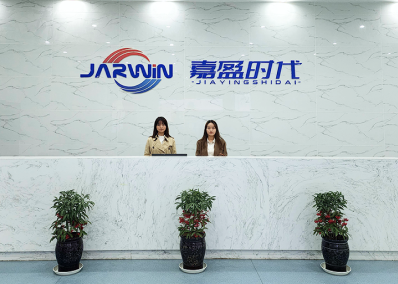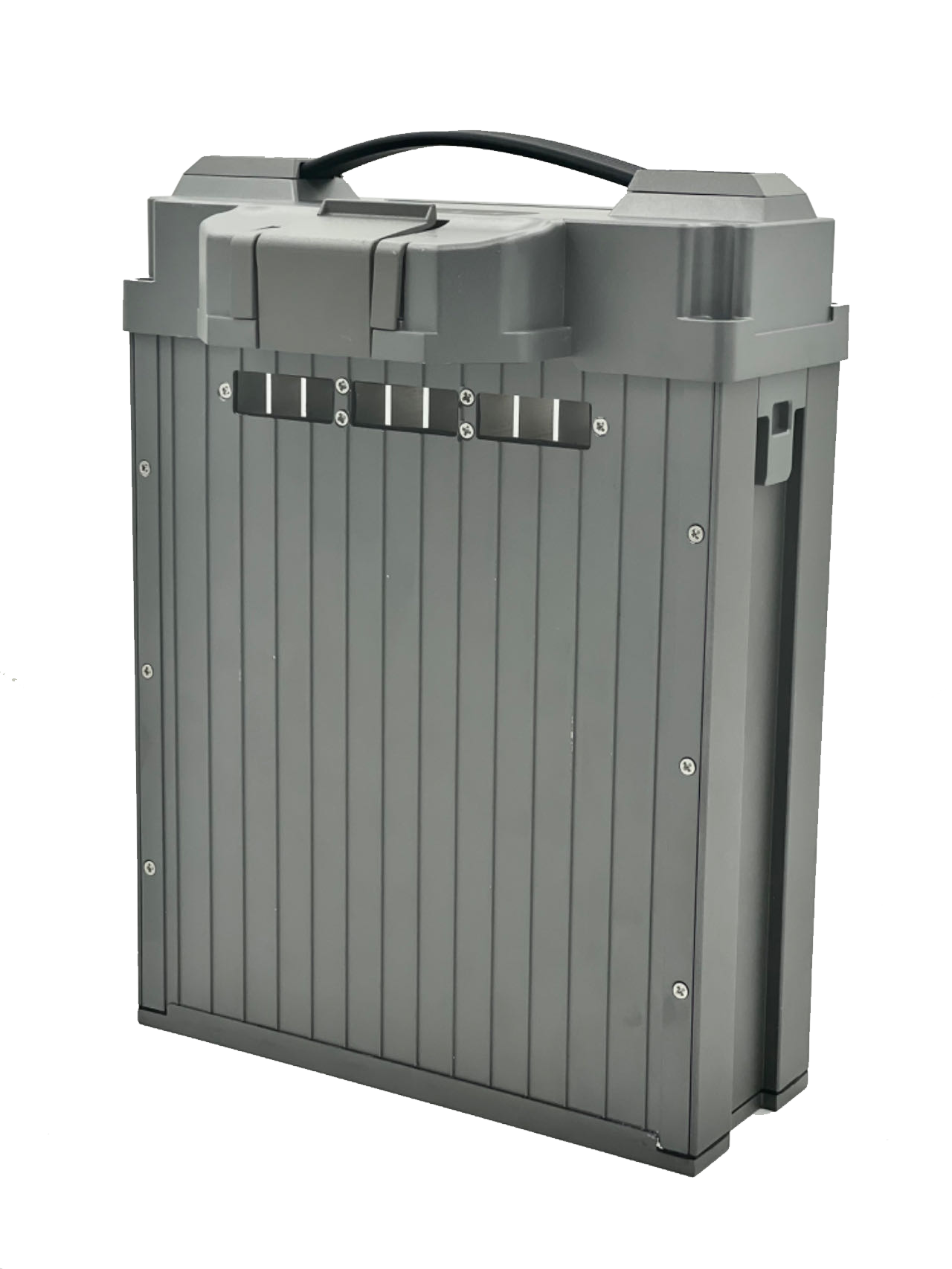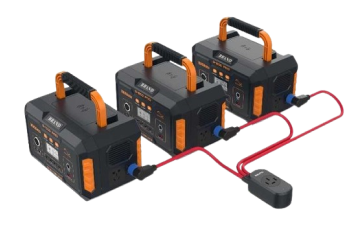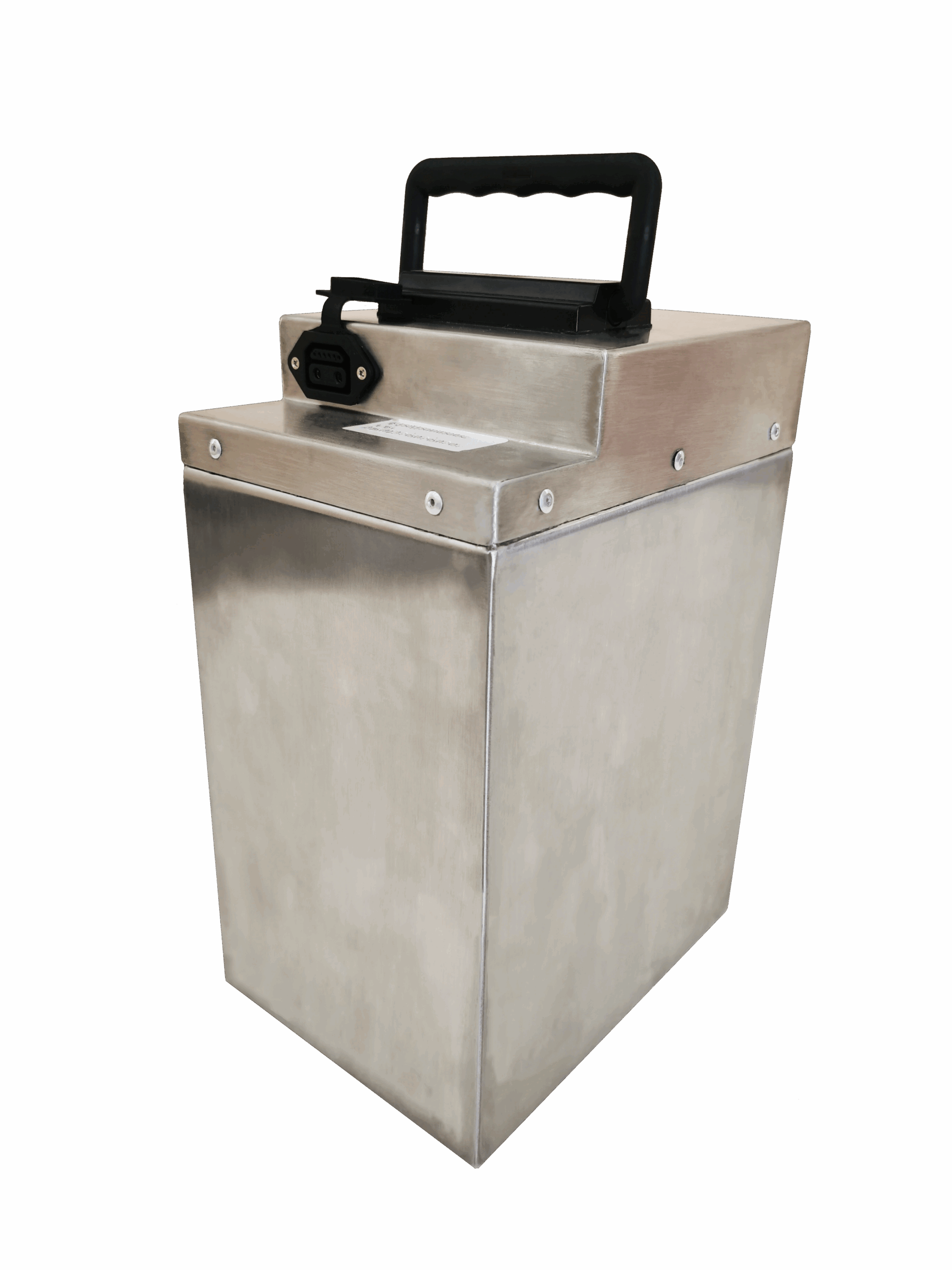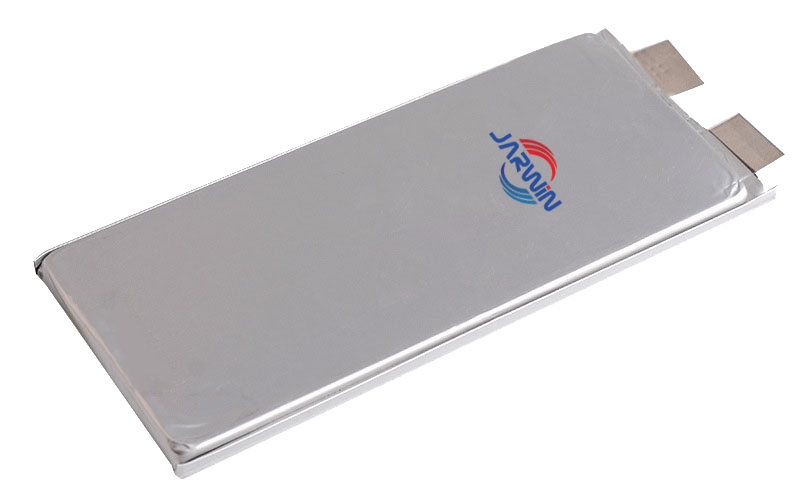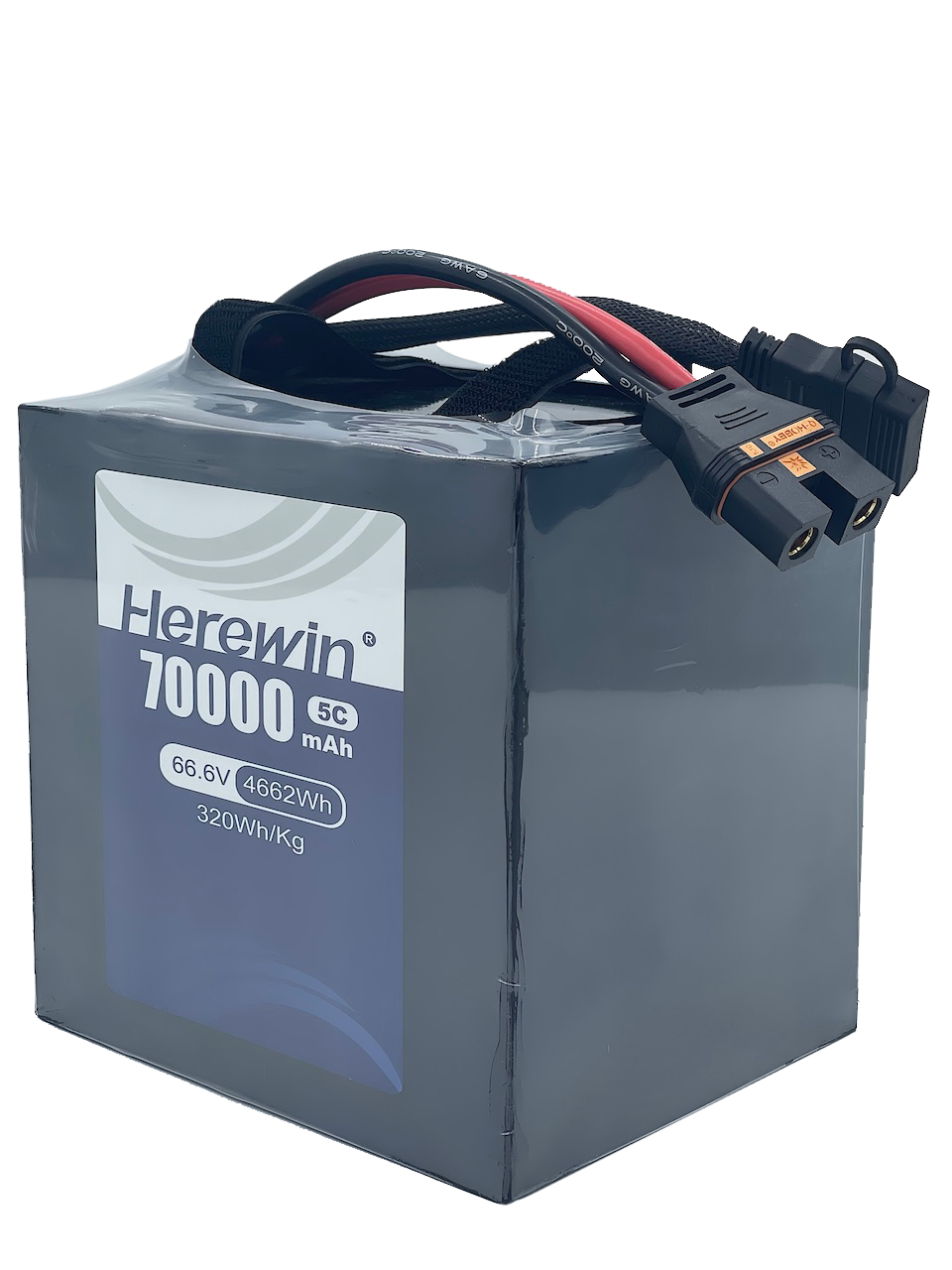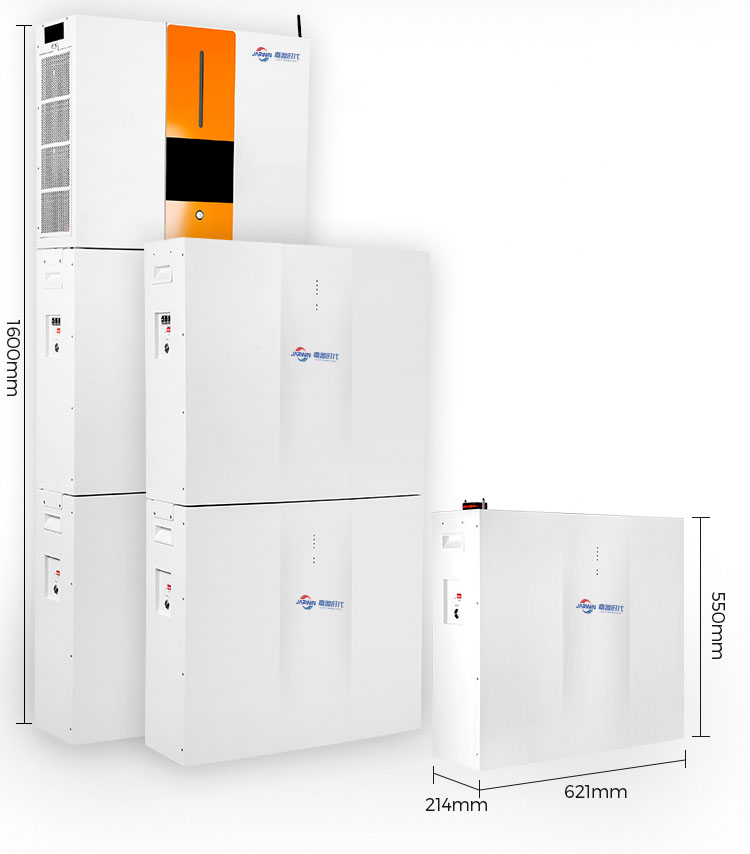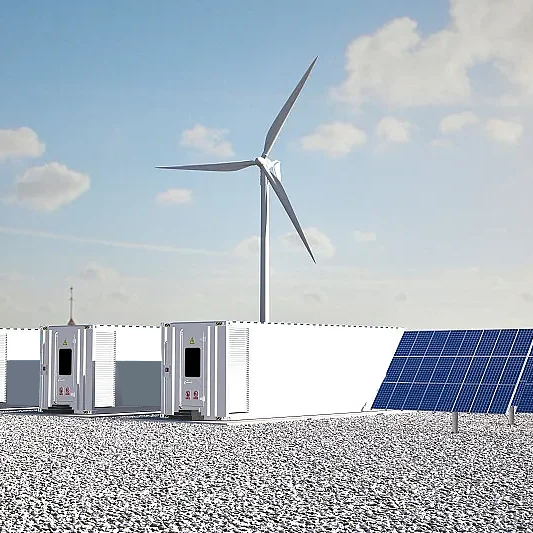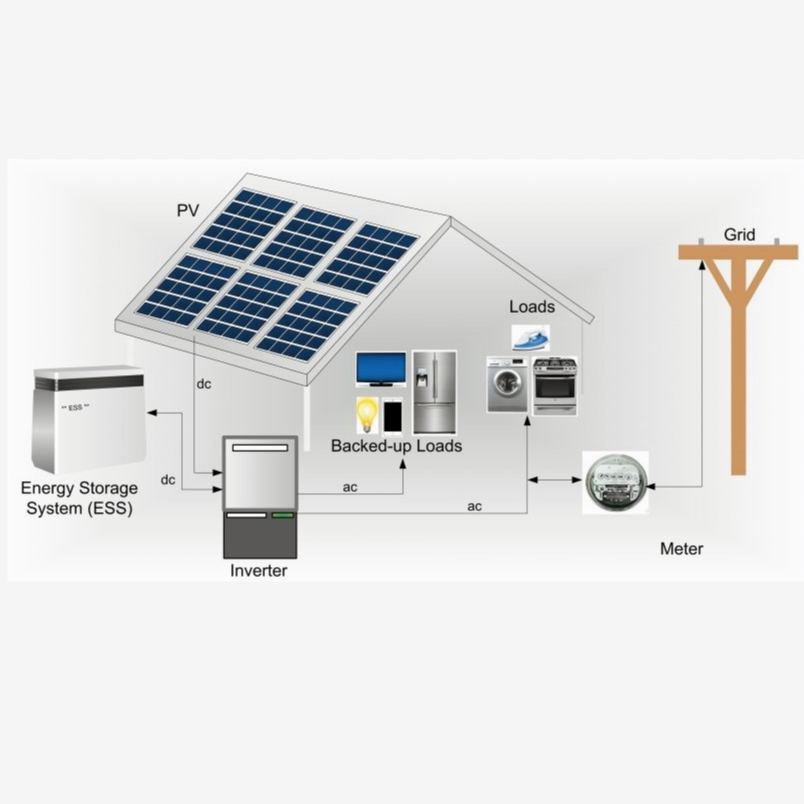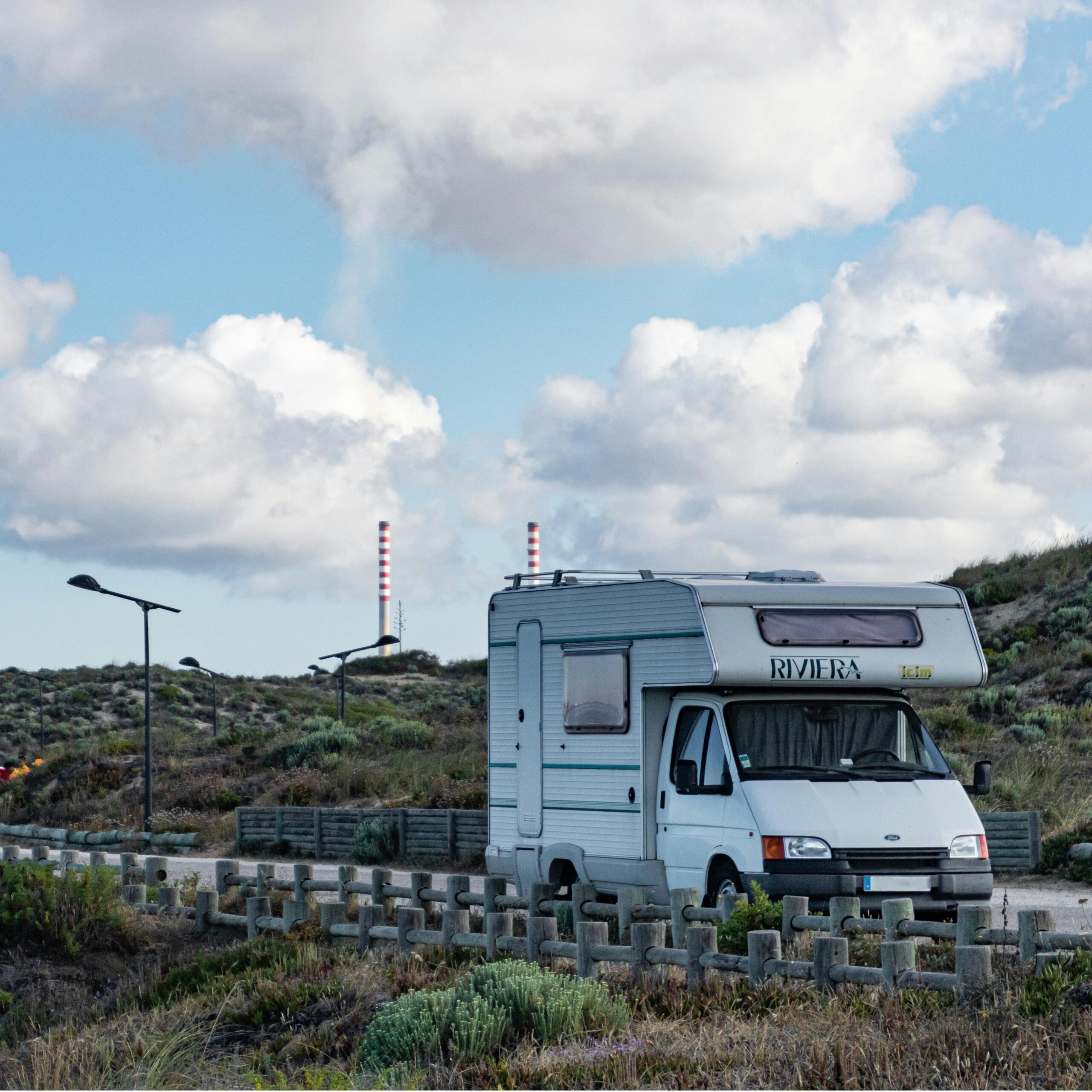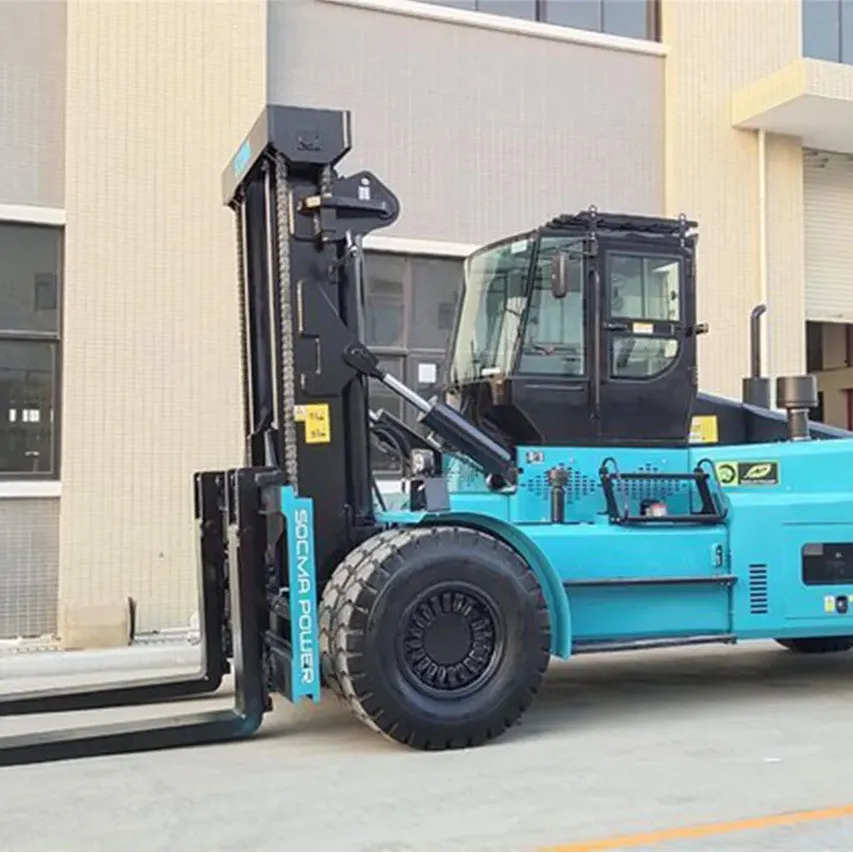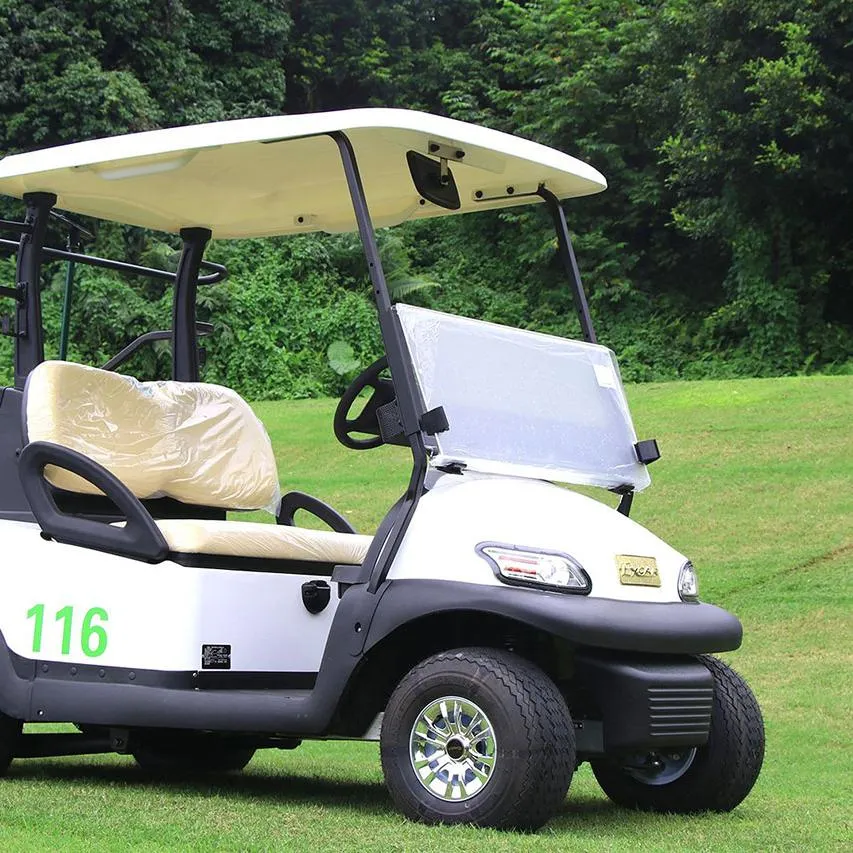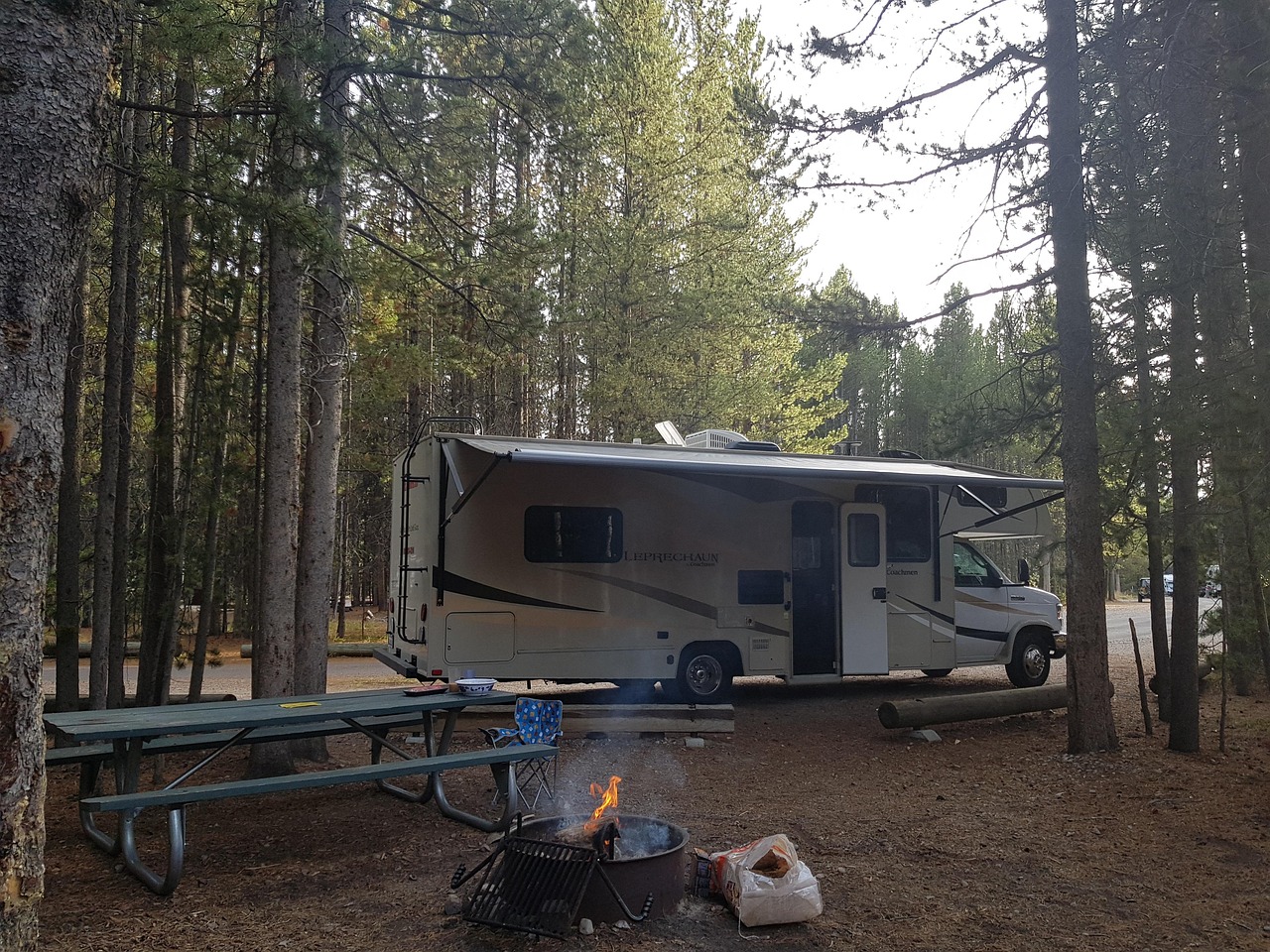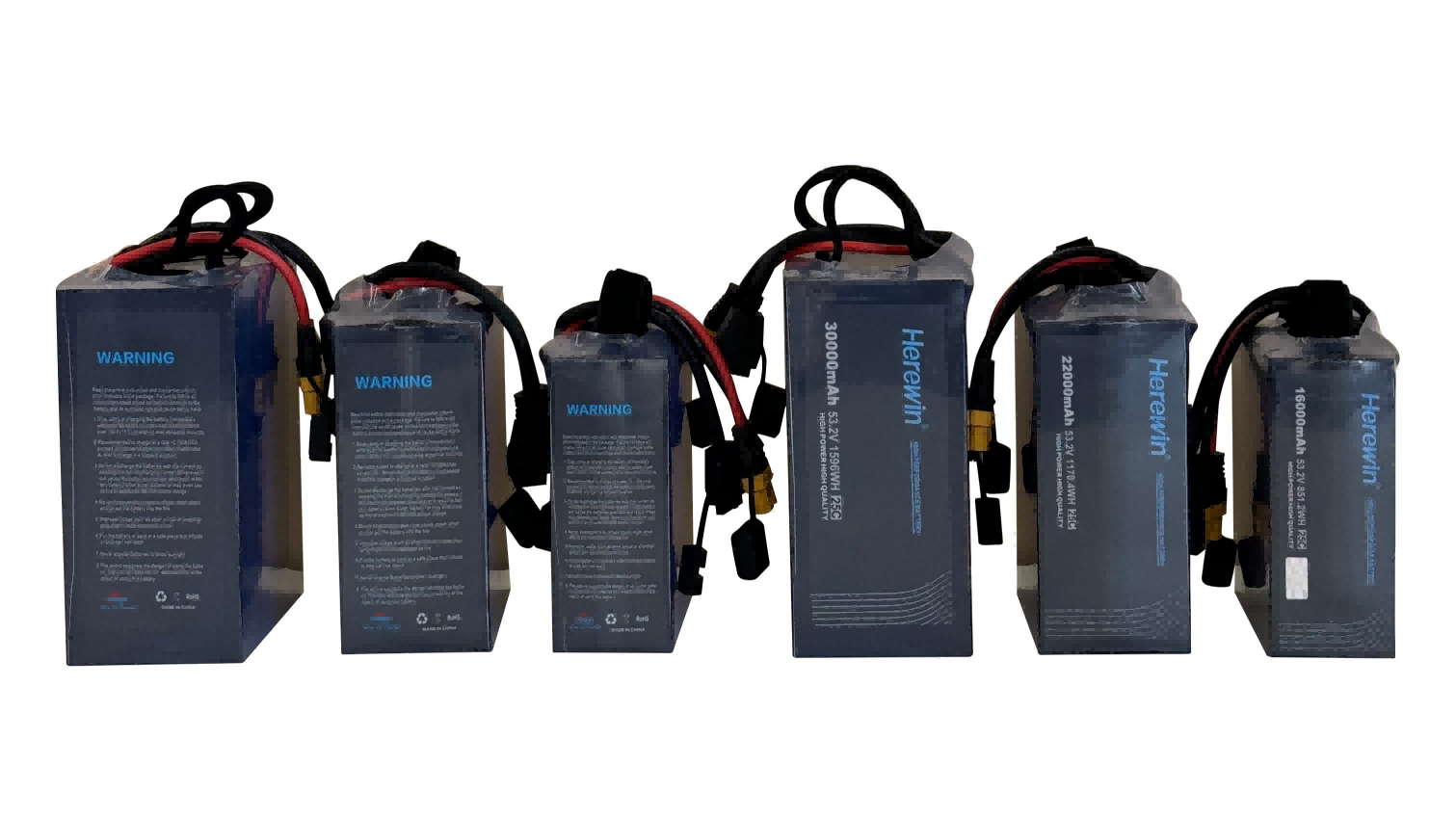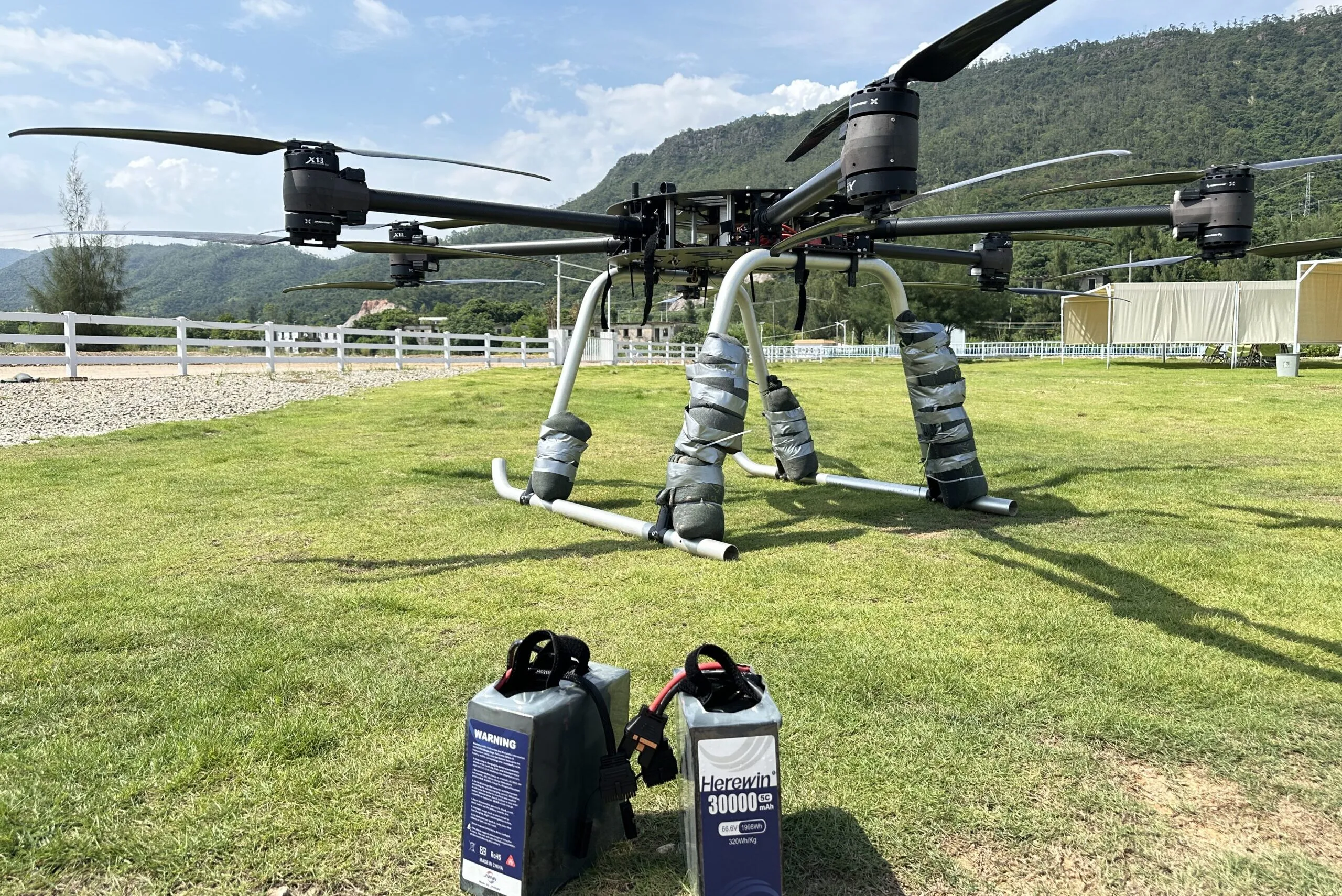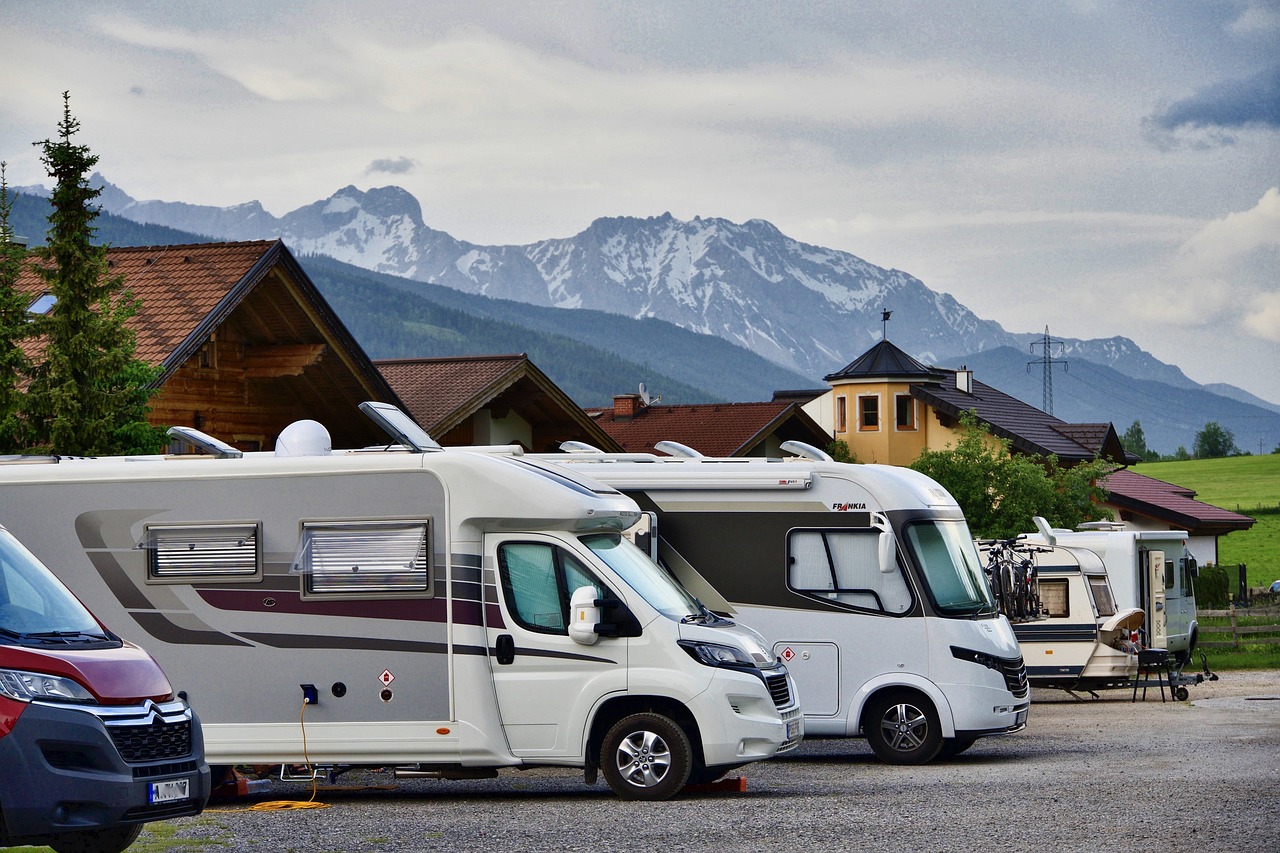
Lithium batteries are increasingly popular among RV enthusiasts, offering modern and efficient power solutions for enhanced off-grid adventures. The RV battery market, particularly for lithium batteries, is experiencing significant growth, with experts projecting a compound annual growth rate of 12.9% from 2026 to 2033. To optimize your power needs and maximize your investment, it’s crucial to implement an effective RV Lithium Capacity Strategy, selecting the right battery size, ranging from 200Ah to 600Ah. This guide provides comprehensive assistance, enabling you to plan your battery usage, choose the ideal option, and configure your RV lithium battery for long-term, reliable performance.
Wichtigste Erkenntnisse
Calculate your RV’s daily power needs. List all appliances. Estimate their use time. This helps you choose the right lithium battery size.
Understand battery terms like Ah and Wh. Ah shows current over time. Wh shows total energy. A Battery Management System (BMS) keeps your battery safe and working well.
Choose a battery size based on your RV use. 200Ah is for short trips. 400Ah is for longer trips. 600Ah is for full-time RV living with many appliances.
Plan your RV power system carefully. Pick the right voltage. Size your inverter and charger correctly. Add solar power and a DC-DC charger. Use safe wiring and fuses.
Install your system wisely. Consider space and weight. Monitor your battery’s charge. Follow good habits to make your battery last longer.
RV Power Demands
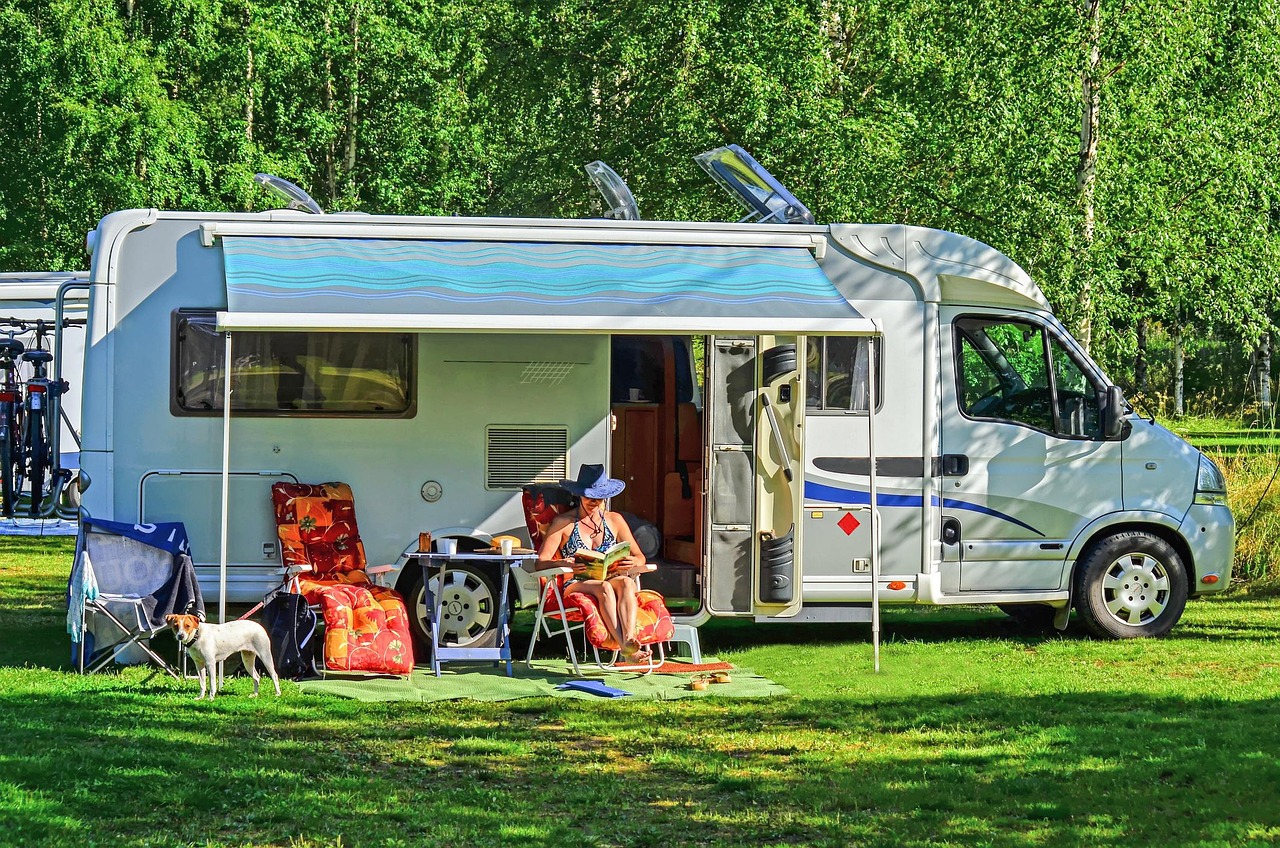
Daily Watt-Hour Calculation
First, know your daily energy needs. List all appliances in your RV. This includes lights and your fridge. It also includes your inverter and chargers. Guess how long you use each daily. This shows your exact daily energy use. This helps pick the right lithium batteries size.
To calculate your total daily energy need (Wh) and determine your required battery capacity, follow these steps:
Calculate Total Consumption (Wh): List the wattage (W) and estimated daily use time (h) for every device. Multiply wattage by time, and sum all devices to get the total consumption.
Add Redundancy: Always add a 20% buffer for redundancy (e.g., unexpected usage) to your total consumption value.
Determine Capacity (Ah): Your total required battery capacity in Amp-hours (Ah) is then calculated as: Capacity (Ah) is approximately Total Consumption (Wh) divided by System Voltage (V).
For example, a total consumption of 1704 Wh (1.7 kWh) requires approximately 142 Ah of capacity on a 12V system.
Peak Power Requirements
Also, find your peak power needs. Some appliances use a lot of power at first. This is true for those with motors. This is called surge power. Your inverter and BMS must handle these needs.
Motors, like in fridges or pumps, need more power to start. They need less power to run. A 500W motor might need 1500W to 3500W to start. A 500W water pump can need 3500W to start. Old air conditioners (1000W) can need 7000W to start. New inverter air conditioners (1000W) usually need 4000W. The power to start can be 3 to 7 times normal power. This depends on the appliance’s load.
Off-Grid Power Profile
Your daily energy use and peak power needs make your power profile. This profile is very important. It helps you choose the right lithium batteries capacity. It makes sure your system powers all devices. This planning stops power problems. It also protects your new batteries.
Understanding RV Lithium Battery Capacity
Choosing the right lithium battery capacity for your RV is very important. You need to understand how batteries are measured. This helps you pick the best system.
Capacity Metrics
You will see battery capacity measured in Amp-hours (Ah) and Watt-hours (Wh). Amp-hours tell you how much current a battery can deliver over time. Watt-hours tell you the total energy stored. You can easily convert between them.
Here is how you convert Amp-hours (Ah) to Kilowatt-hours (kWh):
Multiply the amp-hour (Ah) by the nominal voltage of the system. This gives you Watt-hours (Wh).
Divide the Watt-hours (Wh) by 1,000. This converts them into Kilowatt-hours (kWh).
For example, a 12V 270Ah battery has a nominal voltage of 13V.
3,510 Wh / 1,000 = 3.5 kWh
Energy density is another key term. It shows how much energy a battery stores for its size or weight. Different lithium chemistries have different energy densities. For instance, Nickel Cobalt Aluminum (NCA) batteries have a very high energy density. They can reach 250-300 Wh/Kg. This makes them good for storing a lot of energy. Lithium Titanate (LTO) chemistry has a lower energy density, around 50-80 Wh/Kg. However, LFP batteries have improved a lot. They now reach 200 Wh/Kg, up from 160 Wh/Kg.This makes them more attractive for many uses. NMC chemistry also offers high specific energy, up to 220-240 Wh/kg.
Lithium-Ion Battery Type | |
|---|---|
Lithium Titanate (LTO) | 50-80 |
Lithium Cobalt Oxide (LCO) | 150-200 |
Lithium Nickel Manganese Cobalt Oxide (NMC) | 150-240 |
Conventional Lithium Iron Phosphate (LFP) | 160-200 |
Tip: Herewin’s semi-solid-state technology has increased LFP energy density from the conventional 160-200 Wh/kg up to 200-260 Wh/kg. This allows for higher energy storage in the same unit mass.
C-rates tell you how fast a battery can charge or discharge. A 1C rate means the battery can fully charge or discharge in one hour. A 0.5C rate means it takes two to three hours to fully charge (2-3H). Understanding C-rates helps you match your batteries to your power needs.
BMS Role and Importance
A Battery Management System (BMS) is vital for your lithium batteries. It acts as the brain of your battery bank. The BMS ensures safety and long life. It is especially important for larger battery banks.
Die BMS performs many critical functions:
It balances cells within the battery pack. This keeps all cells at equal charge levels. This maximizes capacity and lifespan.
It keeps the battery from operating outside its safety limits.
It protects against unsafe conditions.
It extends the battery’s performance and lifespan.
It prevents overcharge or over-discharge. This means the voltage does not go too high or too low.
It manages temperature extremes. This prevents thermal runaway.
It provides short circuit protection.
It calculates the state of charge (SOC). This tells you how much usable energy is left.
It tracks the state of health (SOH). This shows the long-term condition of the battery.
The choice of voltage is a critical factor in RV lithium battery selection, impacting system efficiency and safety. You can choose 12V, 24V, or 48V systems. Higher voltage systems, like 24V or 48V, reduce current. This minimizes line loss and improves safety. They are more efficient for larger power needs.
Lifespan and Usable Capacity
The operational lifespan and usable capacity of a battery are directly tied to its Depth of Discharge (DoD). Choosing lithium is beneficial in both areas.
Usable Capacity (Depth of Discharge)
Lithium batteries (specifically LiFePO4) offer a significant advantage in usable capacity compared to lead-acid batteries:
Lithium (High Usable Capacity): Allows a 100% Depth of Discharge (DoD), meaning a 100Ah lithium battery provides 100Ah of usable energy.
While charging to 80% is recommended for maximizing lifespan, the battery’s full capacity is available when needed.
Lead-Acid (Limited Capacity): Must be limited to a DoD of 50% to avoid permanent damage. Consequently, a 100Ah lead-acid battery only offers 50Ah of usable capacity.
For the same required usable capacity (e.g., 100Ah), you need to purchase a 200Ah lead-acid battery, but only a 100Ah lithium battery.
Verlängerte Lebensspanne
Lithium batteries offer a significantly longer lifespan:
Lithium: Typically exceeding 2000 cycles and lasting 8 to 12 years.
Lead-Acid: Only provides 300 to 500 cycles, resulting in a lifespan of just 3 to 5 years.
Over a 10-year usage period, a lithium battery typically requires only 1 replacement, whereas a lead-acid system would need 2 to 3 replacements.
Strategic RV Lithium Capacity Strategy
You need a clear plan. This plan is for your RV. It matches your power needs. It helps pick the right lithium battery size. This part helps you choose. It finds the best capacity for your trips.
200Ah: Basic Entry-Level (Low Power)
A 200Ah lithium battery system is the basic entry-level choice, suitable for weekend users or those with minimal power demands. A 12V 200Ah battery offers approximately 2.4 KWh of energy. It is enough for low-power devices such as lighting, phone charging, and a small fan. This size works for basic things.
This system powers your electric things, including inside and outside lights and fridges. It runs fun systems and powers small kitchen tools. It is key for RV parts, such as slide-outs, water pumps, and leveling jacks. It can even power AC with solar or other charging. This system is a good backup. It works when you have no shore power. It lets you go off-grid. It powers key things in far-off places.
400Ah: Medium Practical (Moderate Loads)
A 400Ah lithium battery system is the medium practical choice, suitable for extended trips and moderate power needs, supporting appliances like TVs, computers, and rice cookers. A 12V 400Ah battery offers approximately 4.8 KWh of energy. It is capable of powering a 1000W rice cooker for 3-4 hours.
This size balances cost and what it can do. This system works for small to medium RVs. You can add more batteries. Put them side by side. This makes it good for many RV setups. It works for weekend trips. It also works for living in your RV full-time. Lithium batteries keep power steady. They work well for longer. Lithium batteries are also much lighter. This helps your RV save gas. A good lithium battery can last over 10 years. Lead-acid batteries last 3-5 years. Lithium batteries charge much faster. This is great for travelers. Lithium batteries have a high usable capacity, allowing you to use 80-100% of their stored energy. Lead-acid batteries only let you use about 50% of their capacity to prevent damage.
A 400Ah battery has a lot of power. This means it runs longer. It stores more energy. This is good for RVs. It is good for off-grid solar. It is good for boats. It gives power that lasts. You can use it for a long time. You do not need to charge often. This makes it a good choice. It is also smart with money.
600Ah: High-End Specification (High Power/Long-Term)
A 600Ah lithium battery system is the high-end specification, ideal for full-time RVers and those requiring sustained high-power output (e.g., simultaneous use of multiple large appliances). A 12V 600Ah battery offers approximately 7.2 KWh of energy. It is capable of powering a 1500W AC unit for 4-5 hours.
A 600Ah lithium battery system often has a 3000-watt inverter. This inverter runs all 110V appliances, including AC and microwaves. It is made for camping without power forever. This is true with a 12-volt fridge. It can take the place of a generator for most users. Such a system often has 660-watts of solar panels. Panels that get light from both sides work better. It has a DC-to-DC charger. It has a 40-amp MPPT controller. It has a Truma Combi Eco Plus furnace. It also has a hot water system.
Running AC from batteries is possible, but you need a big system. A normal 13,500 BTU RV AC uses about 1,500 watts. It uses about 125 amp-hour from a 12-volt battery bank. Systems for regular AC use 400-600Ah of battery. They often add 800+ watts of solar. This makes them run longer.
Capacity Requirement Calculation
When planning your capacity, look beyond today’s needs. Strategize for future growth, upgrades, and component synergy.
To choose the right size (200Ah to 600Ah) and voltage system, consider:
Future-Proofing
Plan for making your system bigger and adding more components later. Ensure the parts you choose now work together for any future upgrades.
Trip Profile vs. Capacity
The market offers many battery sizes, typically ranging from 200Ah to 600Ah, fitting different power needs:
Light Use: Smaller batteries are for short trips.
Heavy Use: Bigger systems are necessary to power microwaves, water heaters, and AC for mid-long trips. Fancy long trips require all appliances, including big AC and induction cookers.
The Voltage-Capacity Synergy
The combination of capacity and voltage is key to maximizing runtime:
For example, a 12V system may run a 1.5 HP AC for only 2 hours.
A 48V system with the same Ah rating could extend that runtime to 4 hours due to increased efficiency (higher voltage equals higher efficiency).
Essential System Component Considerations
When you plan your RV’s power system, you must think about all the parts. Each component works together. They make sure your power system is safe and works well.
Voltage Selection
You need to pick the right voltage for your system. Common choices are 12V, 24V, and 48V.
12V Systems: Common in RVs, offering maximum compatibility with most existing DC appliances.
24V and 48V Systems: Reduce current and minimize line loss, significantly improving efficiency, especially for long wiring runs or large power needs (e.g., air conditioning).
Trade-off: Higher voltage systems often require more specialized components (converters) and may not be necessary for basic, low-wattage setups.
The optimal choice depends heavily on your peak wattage requirements and battery capacity (Ah).
Tips:For an in-depth breakdown of the cost-benefit trade-offs of 12V, 24V, and 48V systems, refer to our comprehensive guide: RV High-Voltage Strategy: 12V vs 24V vs 48V for Cost & Efficiency.
Inverter/Charger Sizing
You must pick an inverter that handles your peak loads. It also needs a charger that recharges your lithium batteries well.
First, calculate your appliance wattage. Add up the watts for all appliances you use. Remember surge wattage. This is the extra power appliances need to start. For example, a microwave needs more power to start than to run. You should add a 20% buffer to your total wattage. This ensures you have enough power.
For system integrity, a general rule is to maintain at least 100Ah of battery capacity for every 1000 watts of inverter capacity. Higher voltage systems (24V/48V) are better suited for high-wattage appliances because they reduce current and wire size requirements. This makes them more efficient.
For charging, consider your battery bank size. For example, a 600Ah lithium bank might use a 60A DC-DC charger. Some users even add a second DC-DC charger to get 100 amps total.
Solar Charging Integration
Solar power is a great way to recharge your lithium batteries. You need to figure out how much solar input you need.
The formula for solar panel output is: Panel Wattage × Sun Hours. You can use this to find the panel wattage you need. This depends on how much energy you want to put back into your batteries.
You should use MPPT (Maximum Power Point Tracking) charge controllers. They are better than PWM controllers. MPPT controllers can increase the energy you get from solar panels by 5% to 30%. They work well in changing weather. They also let you use more types of solar panels.Furthermore, due to lithium’s higher charging acceptance, your solar panels will store 30% more energy per day compared to lead-acid batteries under the same sunlight.
DC-DC Charger Necessity
DC-DC chargers are very important for charging your lithium batteries from your RV’s alternator.
Lithium batteries draw a lot of current for most of their charge cycle. This can make your alternator overheat and fail. Also, voltage can drop over long wires in RVs. This makes the alternator think the battery is full too soon. Alternators are not made to run at full power for a long time. A DC-DC charger protects your alternator. It also makes sure your lithium batteries charge correctly.
System Wiring and Fuse Safety
Correct wiring and fuses are critical for safety. They handle your new capacity.
Fuse Placement: Put fuses very close to the battery terminal. All wires connected to the battery need fuses.
Wire Type: Use tinned multi-stranded wire. It handles vibration better.
Cable Sizing: Make sure your cables are the right size. This prevents overheating.
Crimping: Use proper tools for wire connections. This makes them strong and safe.
Color Coding: Use different colors for wires. This helps you troubleshoot problems.
Physical Protection: Protect wires from damage. Use extra housing or conduit.
System Budget & Sizing
Plan your budget carefully. Consider the cost of all components. Think about your long-term power needs. This helps you choose the right RV lithium capacity strategy. If you are upgrading from lead-acid, look for comprehensive “Lead to lithium conversion Solutions.” This makes your lithium battery upgrade easier.
Installation, Monitoring, and Maintenance
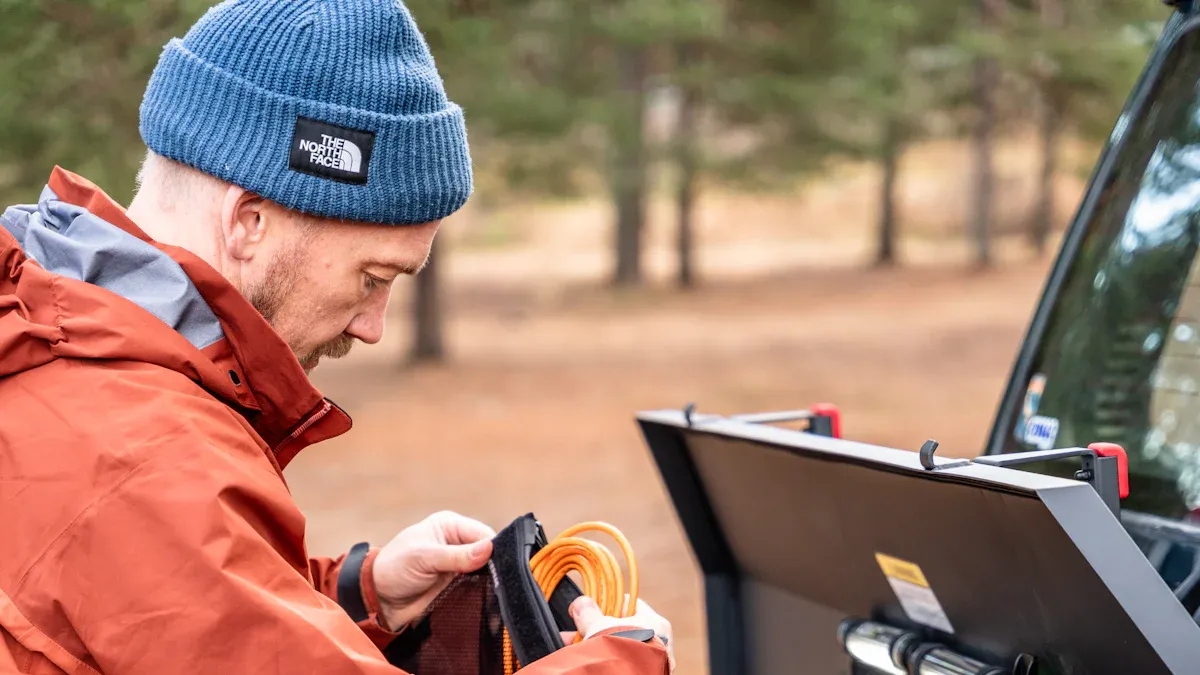
Installation Choices(DIY vs. Pro)
You have a choice: installing your RV power system yourself, or hiring a professional. Both methods have trade-offs:
DIY Installation | Professional Installation | |
|---|---|---|
Kosten | Costs less at first. But mistakes can add hidden costs. | Costs more at first. But it includes all parts and work. |
Expertise | You need to learn a lot. You need to know about electricity. | Experts do the work. They have special skills and knowledge. |
More risk of electric shocks. Your RV could get damaged. This happens if wiring is wrong. | Pros follow safety rules. They lower the risks. |
Space and Weight Advantage
Lithium batteries offer significant advantages in space and weight.
Weight Reduction: Lithium batteries are typically 3 to 5 times lighter and 30% smaller than traditional lead-acid batteries of the same capacity.
Impact on RV: This massive reduction in weight is critical for RVs, as it improves fuel efficiency and frees up valuable storage space.
Example Comparison: For instance, a 200Ah lithium battery bank weighs 58 pounds, while a comparable 200Ah AGM battery bank weighs 276 pounds. That is 218 pounds less weight.
Battery Monitoring
Knowing your battery’s State of Charge (SoC) is key to reliable performance.
Accuracy | Notes | |
|---|---|---|
Open Circuit Voltage (OCV) | 5-10% | The battery must rest for hours. |
Coulomb Counting (CC) | 0.5-1% | This is the most common way. It is very exact for real-time use. |
Hybrid Methods | <1% | This uses many ways. It makes it more exact and strong. |
Coulomb Counting is the most common way. It is also the most exact. It works for real-time use.
Lifespan Best Practices
You can make your battery last longer by following good habits. Using LiFePO4 (LFP) chemistry ensures safety and longevity. Here are key best practices:
Avoid Overcharging: Unplug devices when they are full. This stops stress on the battery.
Optimal Charging: Use slow charging when possible; it puts less stress on the battery cells.
Avoid Full Discharge: Do not let the battery go below 25%. Recharge it fast if it does.
Optimal Daily State of Charge (SoC): To maximize long-term cycle life, charge lithium batteries to 80% for daily use.
Storage: Charge batteries to 50%-70% State of Charge (SoC) for long-term storage to minimize aging.
Operating Temperature Risks
The weather condition dramatically impacts longevity and safety:
Impact on Longevity | Safety Risks | |
|---|---|---|
Low Temperatures (Cold Weather) | Shorter run time. Shorter overall life. Permanent damage if charged below freezing. | Swelling can happen. Inside short circuits can happen. This is if charged below 0°C (32°F). |
High Temperatures (Hot Weather) | Shorter life. This is because parts break down faster. Less capacity. | Risk of thermal runaway. This can cause swelling. It can cause leaks or fire. |
Selecting the optimal lithium battery size and system voltage for your RV requires a strategic balance of daily energy needs, component synergy, and long-term cost. This guide provides the framework to accurately match your trip profile to the ideal capacity, from 200Ah for light use to 600Ah for high-demand, full-time living. Making a well-informed decision based on capacity, voltage, and vehicle compatibility is crucial, ensuring stable, reliable power and maximizing the longevity of your system.
FAQ
How do I calculate my RV’s daily power needs?
List all RV appliances. Guess how long you use each. Multiply power by hours. This gives you daily watt-hours. It helps pick the right battery size.
What is the difference between Ah and Wh?
Amp-hours (Ah) show current over time. Watt-hours (Wh) show total energy. Multiply Ah by voltage for Wh. Wh tells you total energy.
Why is a BMS important for lithium batteries?
A Battery Management System (BMS) keeps your battery safe. It balances cells. It stops overcharging. It controls heat. This makes your battery last longer. It works best.
Can I charge my lithium batteries with my RV’s alternator?
Yes, but use a DC-DC charger. It stops your alternator from getting too hot. It also charges your batteries right. This saves both parts from harm.

